Day 17 & 18: Rest in Litang
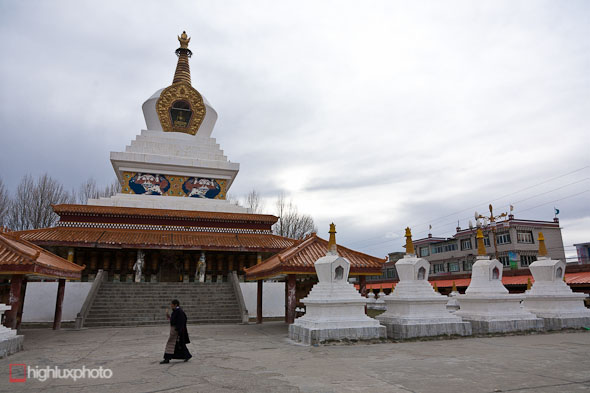 After three hard days riding through some remote and sparsely populated country it was great to finally arrive in the frontier town of Litang. For over 2 weeks it had been the goal of our every pedal stroke: the end of our ride west, the highest town on the Tibetan Plateau, a place of strong Tibetan pride and culture and one of those very out of the way places that only a few travellers make the journey to. It’s an uncomfortable trip – whether by bus or bike, but one that’s well worth making.
After three hard days riding through some remote and sparsely populated country it was great to finally arrive in the frontier town of Litang. For over 2 weeks it had been the goal of our every pedal stroke: the end of our ride west, the highest town on the Tibetan Plateau, a place of strong Tibetan pride and culture and one of those very out of the way places that only a few travellers make the journey to. It’s an uncomfortable trip – whether by bus or bike, but one that’s well worth making.
Pedalling through the maze of low-level block-and-rammed-earth buildings, dodging the dogs and inhaling dust and diesel fumes we managed to navigate our way to the Potala Guest House – a travellers’ hostel (foreigners allowed) that had been recommended to us.
We spent two days in Litang; checking out the monastery and town, witnessing a ‘sky burial’, and cleaning and servicing our bikes in preparation for the next (and apparently hardest) section of riding south through the mountains to Yunnan.
Our two days in Litang were hard won though. On our second night there a policewoman (with interpreter) turned up at the Potala and announced that all foreigners in Litang (all 6 of us!) had to leave the next morning. Reason being that ‘the weather was not suitable’ (it had been fine and clear for 2 days). Again, spurious reasons for denial of foreigners in the area, and Chinese tourists or organised tour groups were not apparently being hassled. We talked with the policewoman for a while and convinced her that having ridden all the way there from Chengdu, we needed to rest more before leaving, and that we needed time to service our bikes. It took quite a bit of back and forth, and a call to a superior, before we got the nod to stay and seemed once again like a ridiculous charade.
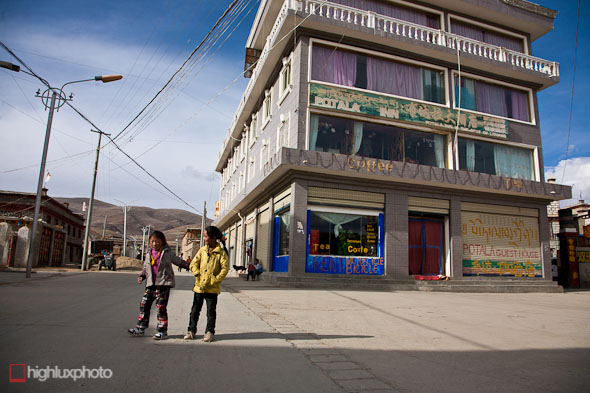
The Potala Guest House was our home for three nights. It was run by the odd combination of a pretty and immaculately dressed young Chinese woman who spoke good English and a manic 17 year old Tibetan boy. The Chinese woman was apparently the boy’s caregiver, but that didn’t stop him drinking, smoking and turning the stereo (playing terrible Chinese dance music) up to unbearable levels. The water was sometimes hot, the wifi sometimes transmitted, the door to our room didn’t lock, but it was an Oasis.
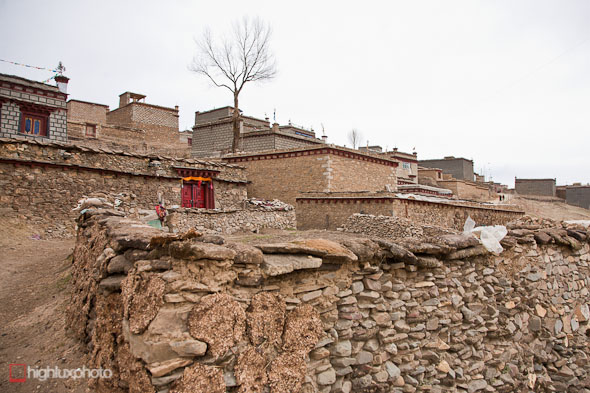
Classic Tibetan homes on the hillside above town. Note the cow dung mixed with sawdust drying on the stone wall – fuel for the fire during the freezing winters here.
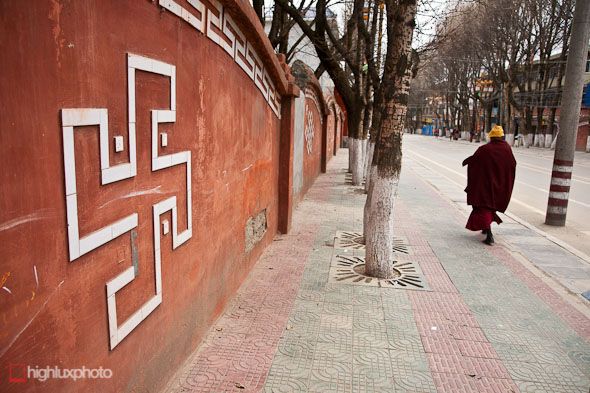
Monk passing swastika. Strange seeing the symbol in this context: it’s very hard not to immediately associate it with Nazis and the Holocaust.
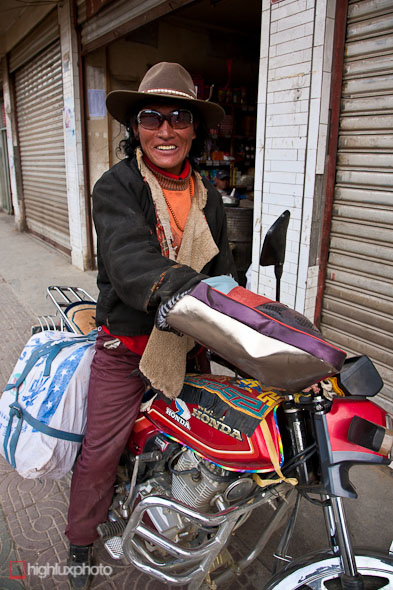
The standard ‘look’ for many Tibetan men in Litang: classic tribal wear combined with womens’ bling sunglasses.
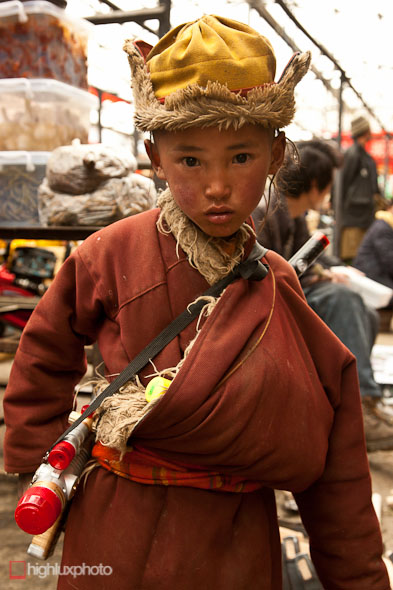
Tibetan boy in the Litang market. He had two sci-fi style laser guns over his shoulder!
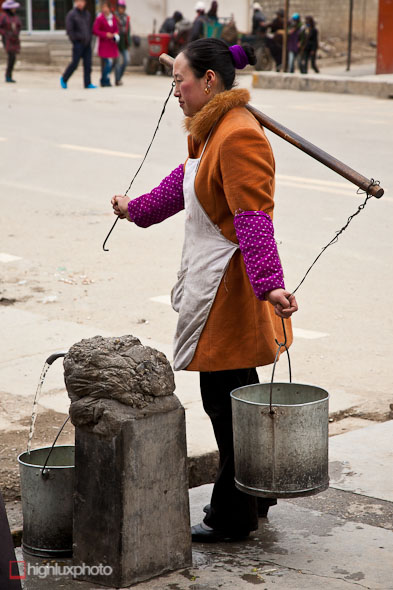
Filling up from the town supply.
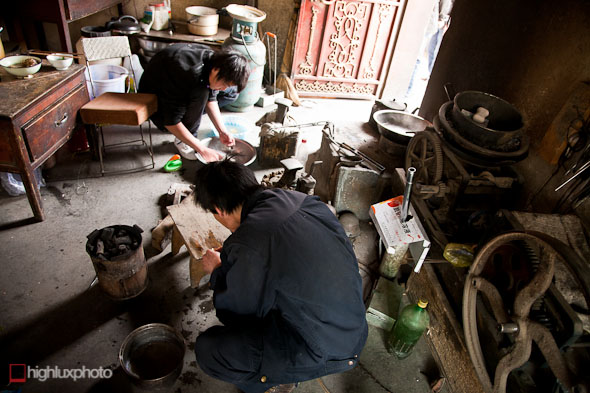
Jewellers working at their craft.
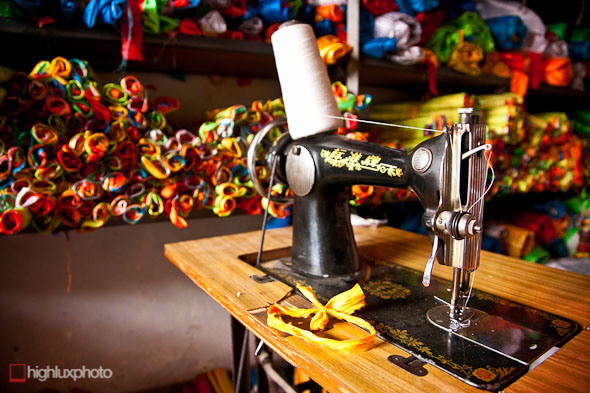
Chinese copy of the classic Singer treadle sewing machine. Very common in this part of the world. Prayer flags in the background.
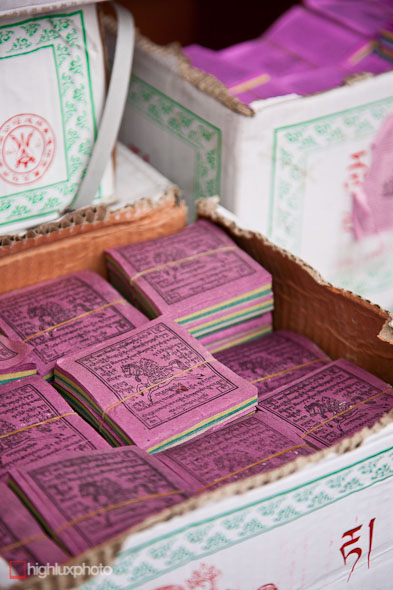
Prayers; the kind that are scattered in the wind from mountain passes.
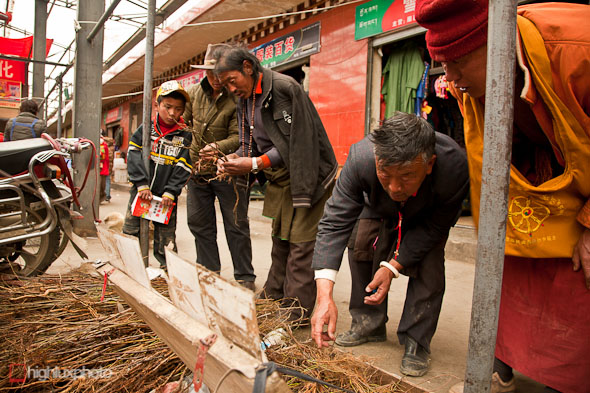
Cuttings for sale in the market: roses and various flowers.
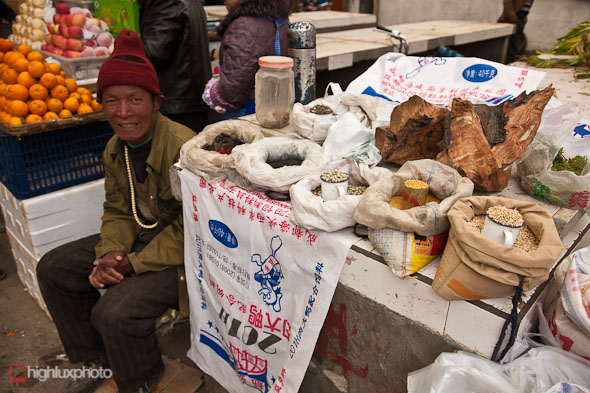
Man selling grains and some sort of aromatic timber.
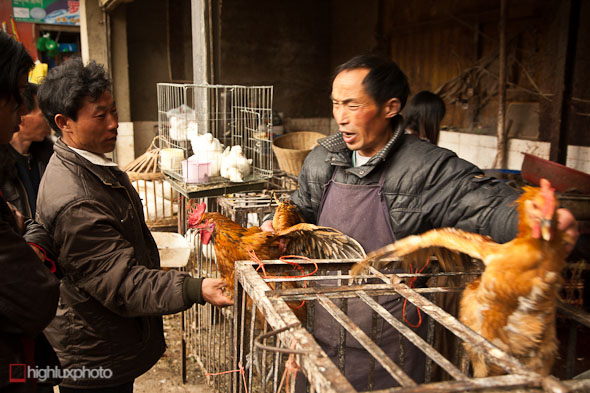
Chicken purchase in the market. First the buyer chooses his bird, usually with a good feel of the meat on the breast and thighs.
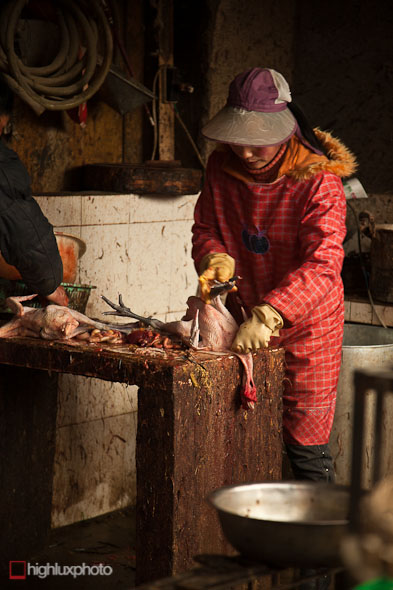
Next its throat is cut, then it’s thrown into a basket to bleed to death. Once the flapping has stopped the bird is dunked into boiling water and then a mechanical de-featherer. It’s then prepared to the buyer’s request.
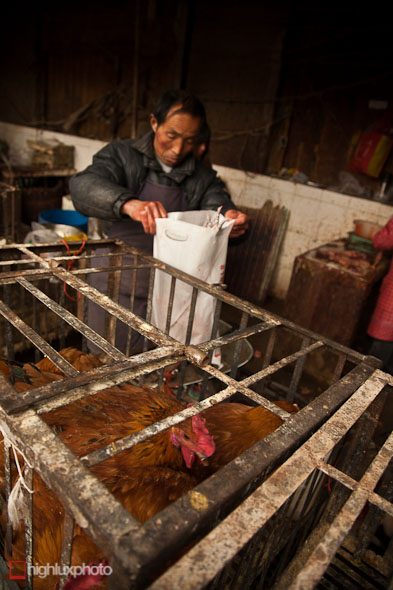
Butchered, bagged and ready to cook…
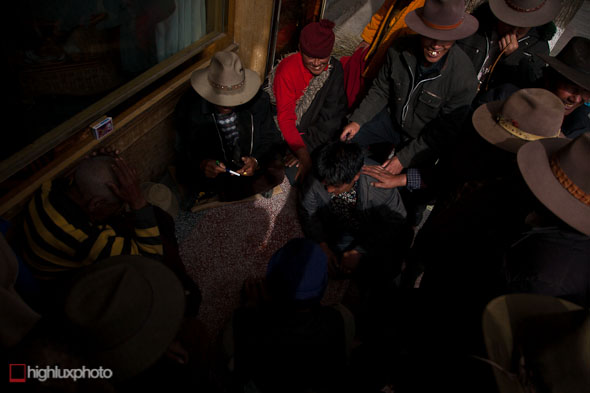
Men playing cards. I particularly like the teeth the guy top right is baring.
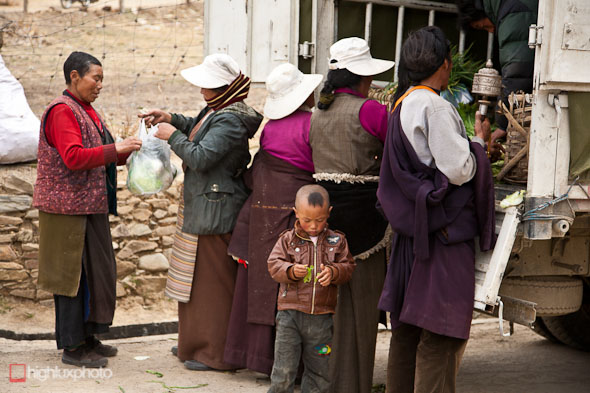
Tibetan folk buying veges from the back of a truck. Note the prayer wheel the guys is holding on the right. People walk the streets twirling these all day.
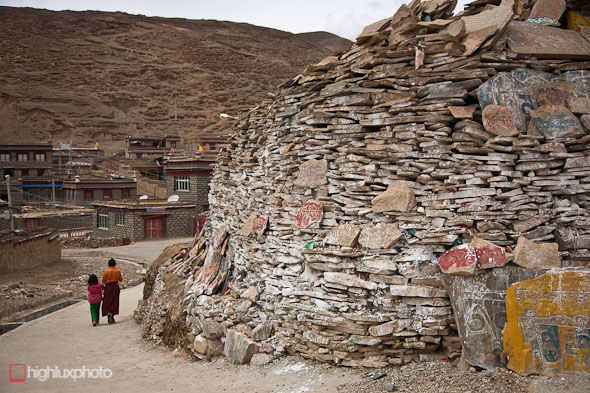
Monk boy and girl walking past a buddhist monument.
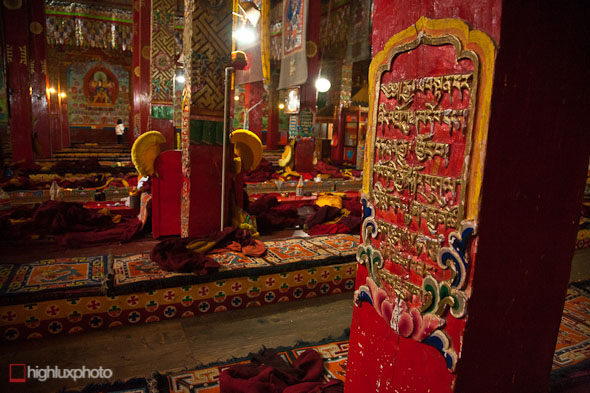
Inside the Litang Chode Gompa (monastery). Litang is the birthplace of the 7th and 10th Dalai Lamas. This monastery was built in honor of the 3rd Dalai Lama. With three separate building it’s a lot to behold: incredible paintings, carvings and textiles.
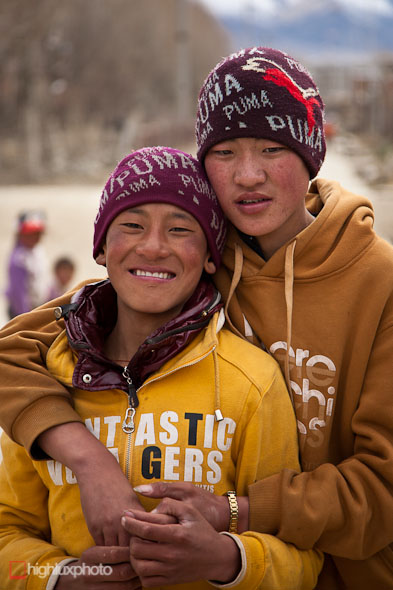
Monk boys. Seeing young people of the same gender holding hands, embracing or walking down the street arms entwined is very common here.
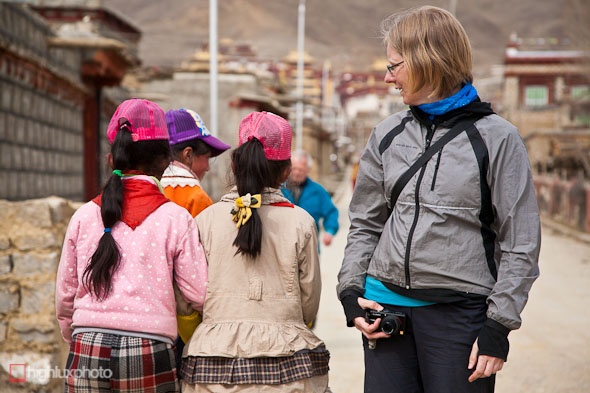
Hana checking out the baseball cap fashions of Litang.
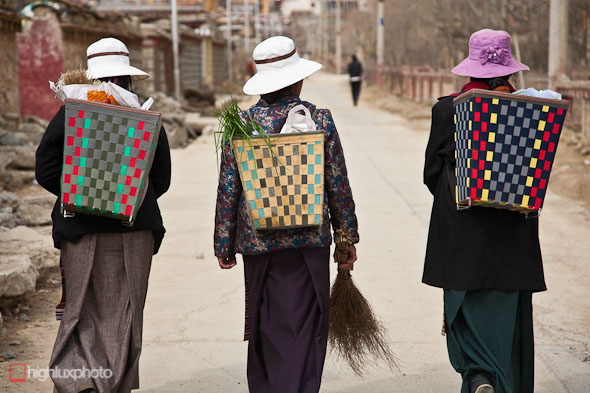
Another common sight: hand woven backpacks – used to carry pretty much everything.
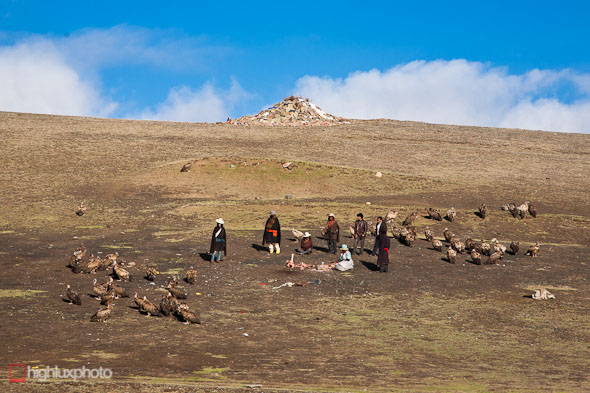
We made a trip out to the fringes of town to witness a Sky Burial (a Tibetan funeral basically). If a low profile is maintained, foreigners are sometimes welcome to see these events. It undeniably has an element of ghoulishness, but it’s also about recongition of the transience of human life both in matter and spirit.
A sky burial is about offering the dead person’s body to vultures; a bird considered sacred by the Tibetans. Firstly the body is secured to a stake, then a person makes multiple incisions in the flesh of the body to help it to tear off when the vultures come upon it. During this process the vultures are kept at bay by stick waving from the other Tibetans in the group. The vultures are then allowed to encroach on the body and devour it. In barely 5 minutes the vultures strip the flesh from the body in a frenzy, leaving only a skeleton. The skeleton is then carefully pulverised and ritualistically mixed with flour, until only powder and fragments are left. The vultures are then allowed back to consume the remains, while the ravens and cows are kept away with the stick!
The Tibetans performing this ritual invited us to witness from close up (we declined!) and afterwards invited us to share yak butter tea and bread with them – then they gave us a lift back to town on their tractor.

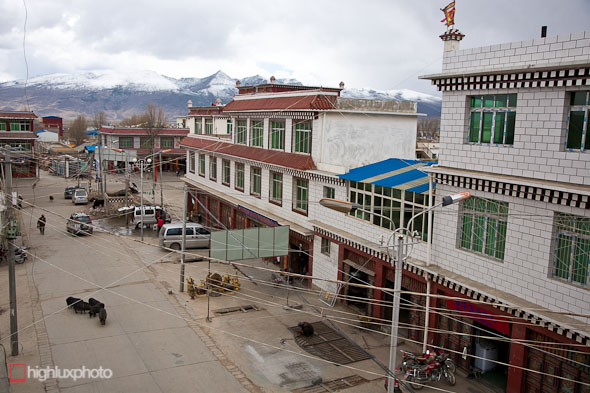
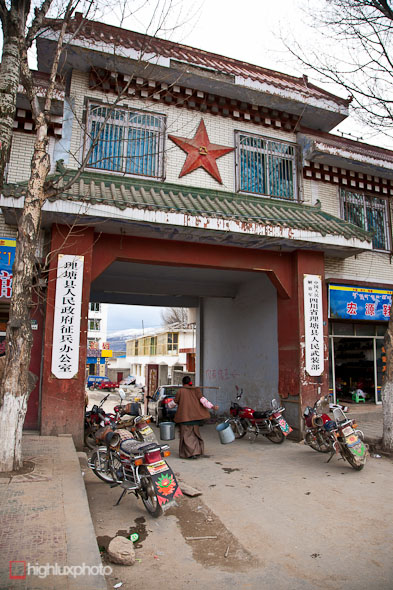
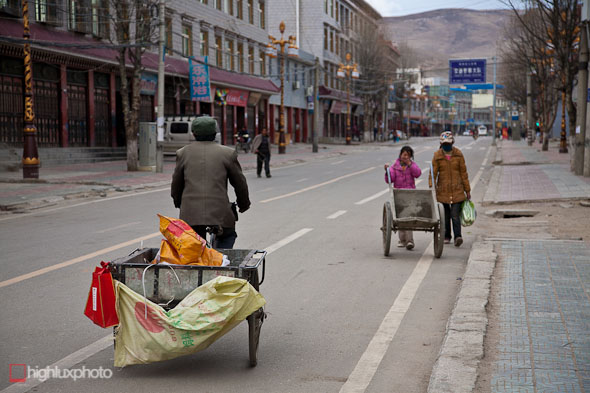
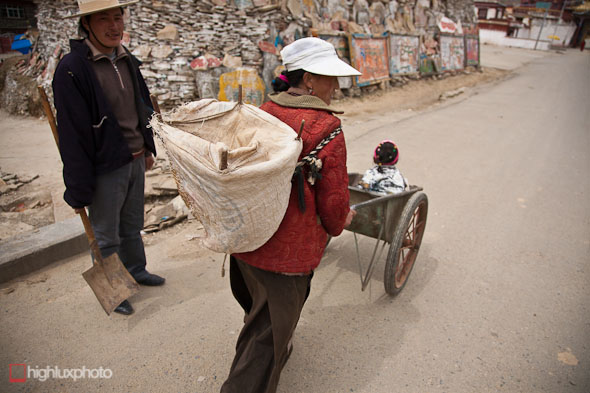
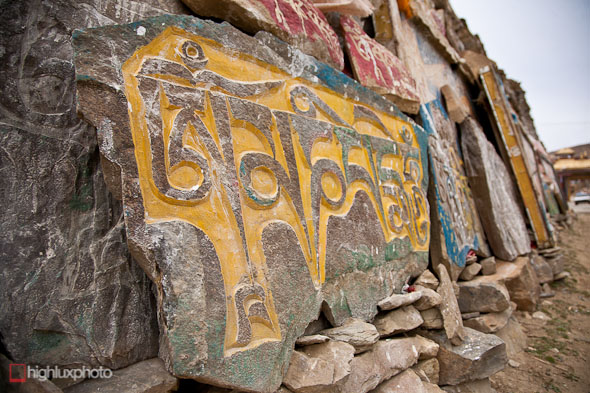
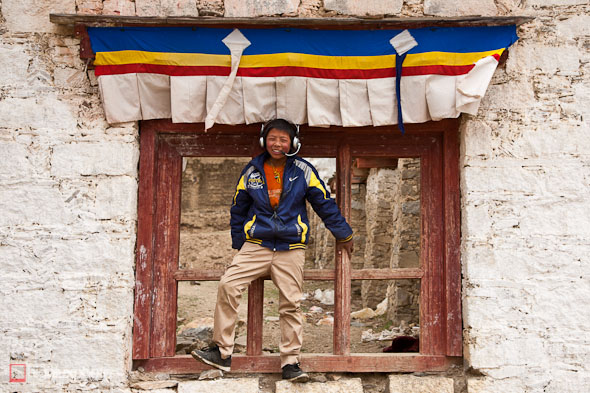
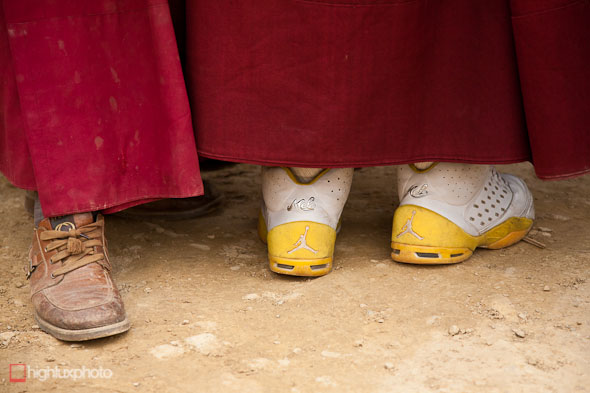
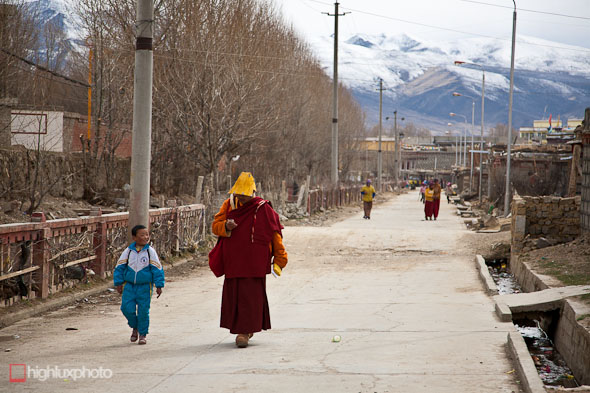
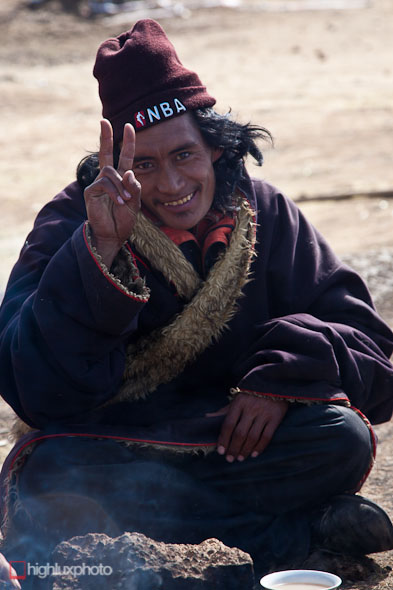
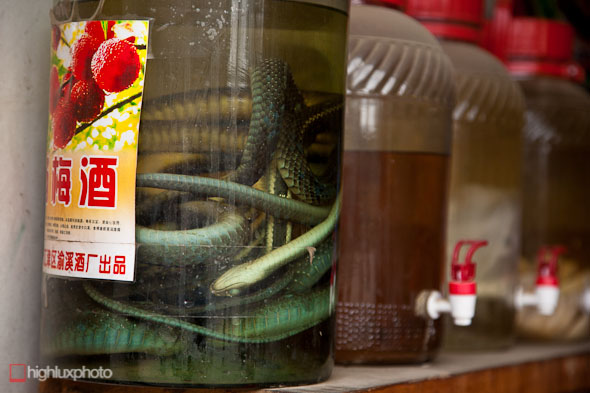





Excellent photos, Mark, and a fascinating text. I really look forward to these posts.
The idea of a sky burial might be hard for many of us to entertain, but I like the concept. As well as the idea of being returned to the environment in such a natural way, it might help vultures survive — in much of Asia they’re threatened with extinction because diclofenac, widely used to treat livestock, poisons them (I guess the message is to avoid voltaren in the run-up to dying, and it produces fewer greenhouse gases than being cremated, too ;^))
I doubt it’d catch on here, though: Kahu take a while to clean up even a possum, and feeding the blowfly population seems less appealing.
Dear friends in New zealand,
many thanks for your answer.
Very good pictures,
I send extra mail with pictures from 2011 and 2012 and “little information” from my friend Albrecht Schulze (Ali)
See you later…..trip to East-Tibetan 08…..28.05.2014
Bye bye Hubertus
Hi Hubertus – nice to hear from you. Yes – a great memory: Litang! And making the sign to help your friend find our hotel in case he arrived. We had an amazing trip. 19,000 km by the time we reached the bottom tip of Sumatra. Would love to see your photos. Cheers, Mark.